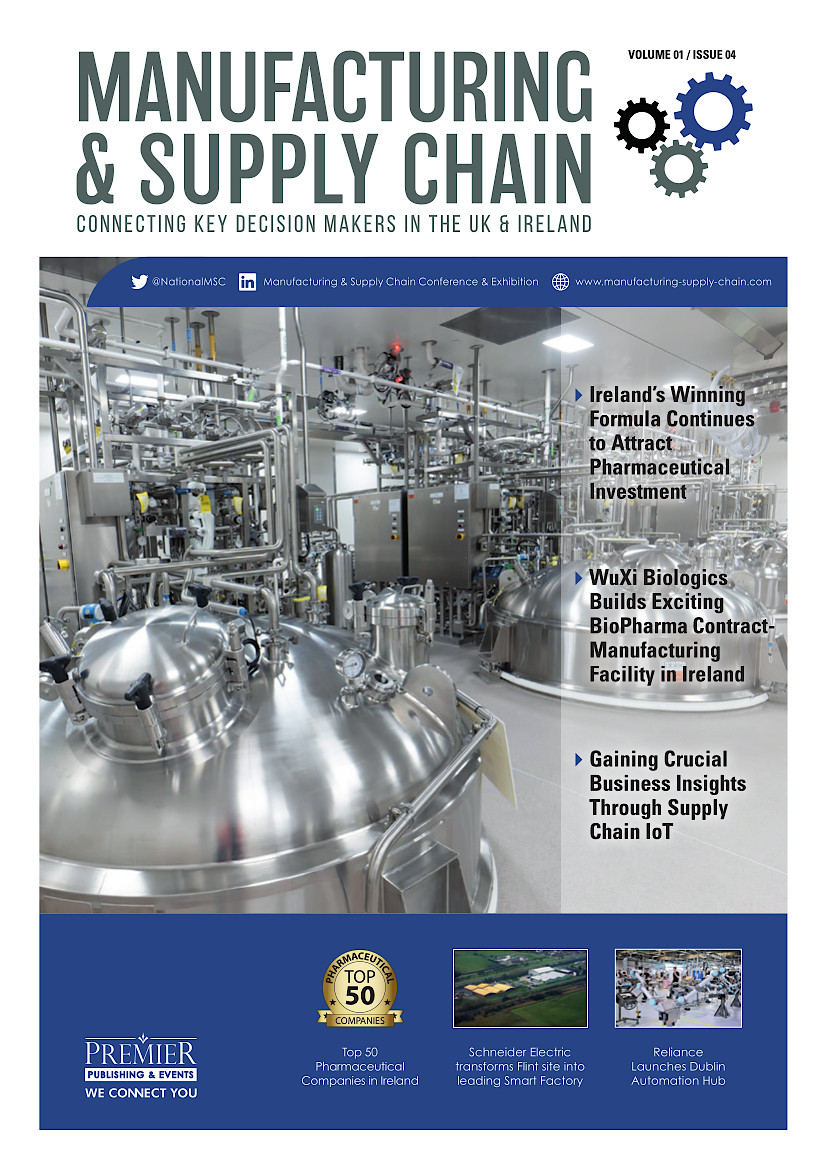Sharp Rise in Gas Prices Drives Up Bord Gáis Energy Index in November

The Bord Gáis Energy Index for November was up by 9% as the wholesale prices of oil, gas and electricity all rallied during the month. Gas prices rose by a hefty 17% from October’s levels as cooler temperatures and higher demand meant that more imported gas was needed to heat homes and businesses. Oil prices were also 1% higher as OPEC agreed a deal to extend its production cuts for a further 12 months. Oil prices are up by over a third since mid-year. Wholesale electricity prices rallied by 21% in line with the increase in gas costs, while coal was the sole component of the index to buck the trend in November by falling 4%.
In November, the Bord Gáis Energy Index stood at 109, up 9% on October and 8% on November 2016.
Darragh Crowley, Energy Trader with Bord Gáis Energy, said: “A sharp rally in wholesale gas prices in the UK was the key driver of a 9% increase in the Bord Gáis Energy Index in November. Gas prices rallied by 17% due to much cooler weather and higher demand. Higher gas prices also fed through to Irish electricity prices which also gained in the month. Oil prices were marginally higher, hanging onto strong gains seen since July with OPEC supporting prices by extending production cuts into 2018.”
Oil prices continued to rise, although growth continues to slow…
Oil prices continued to rise in November, as Brent crude, the international benchmark oil price, rose by 1% in euro terms to settle at $63.57 a barrel, up from $61.37 at the end of October. Prices at the start of the month were at their highest levels since mid-2015, trading as high as $64.27 per barrel, and following the price recovery which started in June as crude demand starts to outpace supply.
The tightening in the market has been driven by OPEC’s decision to cut 1.8 million barrels of crude – about 2% of global supply – from the market. Demand is also strengthening due to the strongest period of global economic growth since the financial crisis.
OPEC decided at its November 30th meeting in Vienna to extend its existing deal until the end of 2018, in order to clear a persistent global oil glut. The deal, which also includes Russia and some non-OPEC countries, allows for a review of the situation next June.
…while colder weather brought a 17% rise in gas prices…
The NBP day-ahead contract, the price for gas delivered tomorrow, averaged 52p in November, over 17% higher than the October price of 45p. Prices were higher in November due to cooler temperatures and higher demand and imports from Europe and Norway rose to help meet this demand. One positive in terms of supply is that European storage levels are healthy – around 5-year averages – as the mild October weather allowed gas traders to inject excess flows into storage, thereby providing a buffer against cold snaps.
The UK, and by extension Ireland, is particularly dependent on imports this winter due to the absence of the Rough storage facility, which may lead to more short-term price volatility during cold spells. LNG imports to the UK have continued to disappoint over recent months as nuclear outages in Asia and higher demand from Chinese domestic gas users have meant that Asian LNG prices are trading at a significant premium to European prices.
In terms of curve prices, the Q1 ’18 contract settled almost 10% higher over the month at 56p compared to a much more modest 4% gain for the Summer ’18 contract which finished the month at 44p. Gains on the Summer ’18 were capped, as there is speculation in the market that Europe will receive a greater share of global LNG exports over the milder months as Asian demand reduces.
…which helped to drive electricity prices up by 21%…
Excluding supplier capacity payments, the average wholesale price for November was €55.55/MWh, compared with €45.88/MWh in October – an increase of €9.67/MWh on the average monthly wholesale price. When supplier capacity payments are included, wholesale electricity costs rose by 21% over the month. Irish wholesale electricity prices typically track the cost of imported gas as it is the most significant cost in the production of electricity.
The clean spark increased from €8.34 in October, to €11.88 in November. The price of gas was 17% higher over the month, while wind output decreased month-on-month from an hourly average of 1,168GW down to 1,122GW – a decrease of 4%. The proportion of demand met by wind in November was 26%, down from October’s 38%.
…but coal fell by 4% for the first time in months…
November’s coal prices finished the month at $90.70 per tonne, down 4% from October’s $94.80. The strength in prices this year continues to be driven by strong Chinese demand as its strong economic growth continues and China is now on track to add another 120 gigawatts of coal-fired capacity by 2020, with nearly 70% of capacity being added since 2005.
The US coal industry is being supported by President Donald Trump as his administration looks at ideas that might help the industry, including proposing new regulations to support coal-fired power plants in competitive electricity markets.
China has relented on a policy to ban the use of coal to heat homes, after cold weather and increased demand has driven up prices. The policy was brought in with the aim to cut the smog problem and are part of Beijing’s efforts to meet environmental targets this year.
The UK and Italy have made commitments to stop burning coal by 2025 and the Netherlands aims for 2030. As a result, there are few coal plants currently being built in Europe or North America. However, worldwide, more than 30% of the total energy supplied and 40% of the electricity generated is still from coal. Coal plants are still being built in China, India, Southeast Asia and parts of Africa.
…and the euro was broadly flat against the pound and the dollar…
The euro was broadly flat versus sterling in November and was stronger against the US Dollar. The single currency settled at £0.8802 against sterling, less than half a percent stronger, while it gained 2% against the US dollar to finish the month at $1.1891.
The fact that the euro only marginally strengthened against sterling in November could be attributed to the Bank of England raising its interest rates for the first time in more than ten years at the beginning of the month. The Bank said it expected “very gradual” rises in rates over the coming cycle. The Monetary Policy Committee’s 9 members voted 7-2 to increase its benchmark bank rate by 25 basis points to 0.5%, reversing the emergency cut implemented in August 2016 in the wake of the Brexit vote. Governor Mark Carney has stated that the resolution of “Brexit uncertainties” could lead to a “recalibration” of policy.
In the US, the Federal Reserve minutes suggested that interest rates will be raised by 25bps in December and that further gradual rate rises are likely in 2018. The dollar lost some ground as there appeared to be some division among Fed members over whether inflation will rise towards its 2% target over the medium term. This may mean that pace of any interest rate increases is reduced.
For more information, see the full Energy Index at https://www.bordgaisenergy.ie/energyindex/.




















